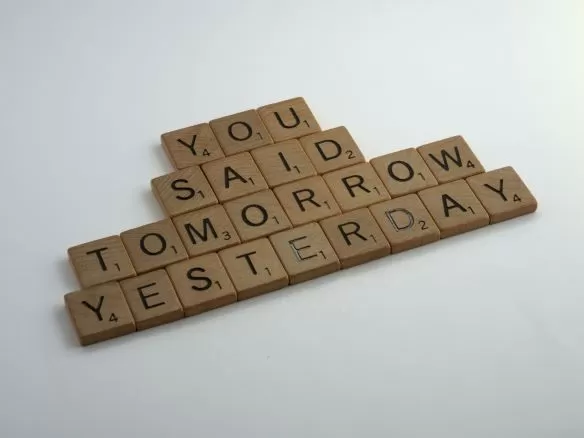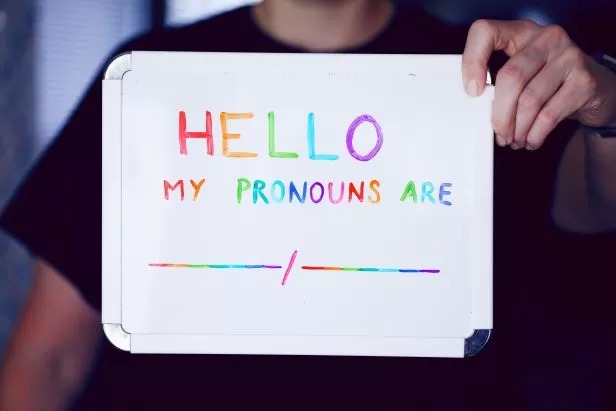Sleep Well, Wake Well

Post written by guest blogger Emily Grugan; Postbac IRTA fellow, OITE Summer Program Staff Assistant
Life is demanding. We have careers and families and social lives, not to mention hobbies and fitness goals and, hopefully, a vacation every now and then. No matter how we arrange our schedules, though, there are still only 24 hours in a day. And we all know we should be spending at least 8 of those hours asleep. However, whether we’re staying up for a late-night work/study session, or we’re left tossing and turning thinking about the to-do list pertaining to it, 8-hour nights of sleep can quickly become a long-lost memory as opposed to a regular habit. In other words, the things we do during the day are the reasons we lose sleep at night. And yet, a lack of sleep can be the reason we are unable to do the things we want to do during the day. You see the vicious cycle (and likely you’ve experienced it to some degree yourself). Here are some important tools to utilize in establishing a healthy sleep routine, so that you can maximize the other very important 16 hours of your day:
- Maintain a consistent bedtime/wake time: Just like the rest of nature, the human body benefits from a consistent circadian rhythm*. It is important to go to sleep and wake up at the same time each day, including on the weekends. Staying up late/sleeping in sporadically can have a similar effect on the body to being jetlagged.
- Get natural light on your eyes (unfiltered/not through a window) as close to your wake time as possible: Getting natural light on your eyes in the early morning is one of the best ways to establish a healthy circadian rhythm. This will set off a series of biological events that will promote better wakefulness during the day and sleep at night.
- Limit caffeine intake: Caffeine has a half-life of 5 to 6 hours. To give some context, this means that if you have a cup of coffee at 2PM, by midnight a quarter or more of the caffeine you consumed is still affecting your brain and body*.
- Consider limiting naps: Naps can hinder nighttime sleep for some people more than others. Throughout the day we are building up our “sleep drive”, putting us in the best physiological position to fall asleep at night. For some, naps can interrupt this sleep drive enough to cause problems with getting good sleep in the evening.
- If you are struggling to fall asleep: Don’t spend more than 15 minutes in bed lying awake. Get up (ideally while limiting light exposure) and do something (e.g., read a book by a dim or amber light; do some calming stretches by candlelight) until you feel tired again. Then give sleep another try. Repeat this cycle until you train your body to fall asleep when you lay down at night.
*To learn more about your own circadian rhythm, and to contribute to research on the subject, see the website/app developed by Dr. Satchin Panda and his team, of the Salk Institute.
*To learn more about the effects of caffeine on sleep, check out this short podcast by Dr. Matt Walker, one of the leading experts on the subject of sleep.




